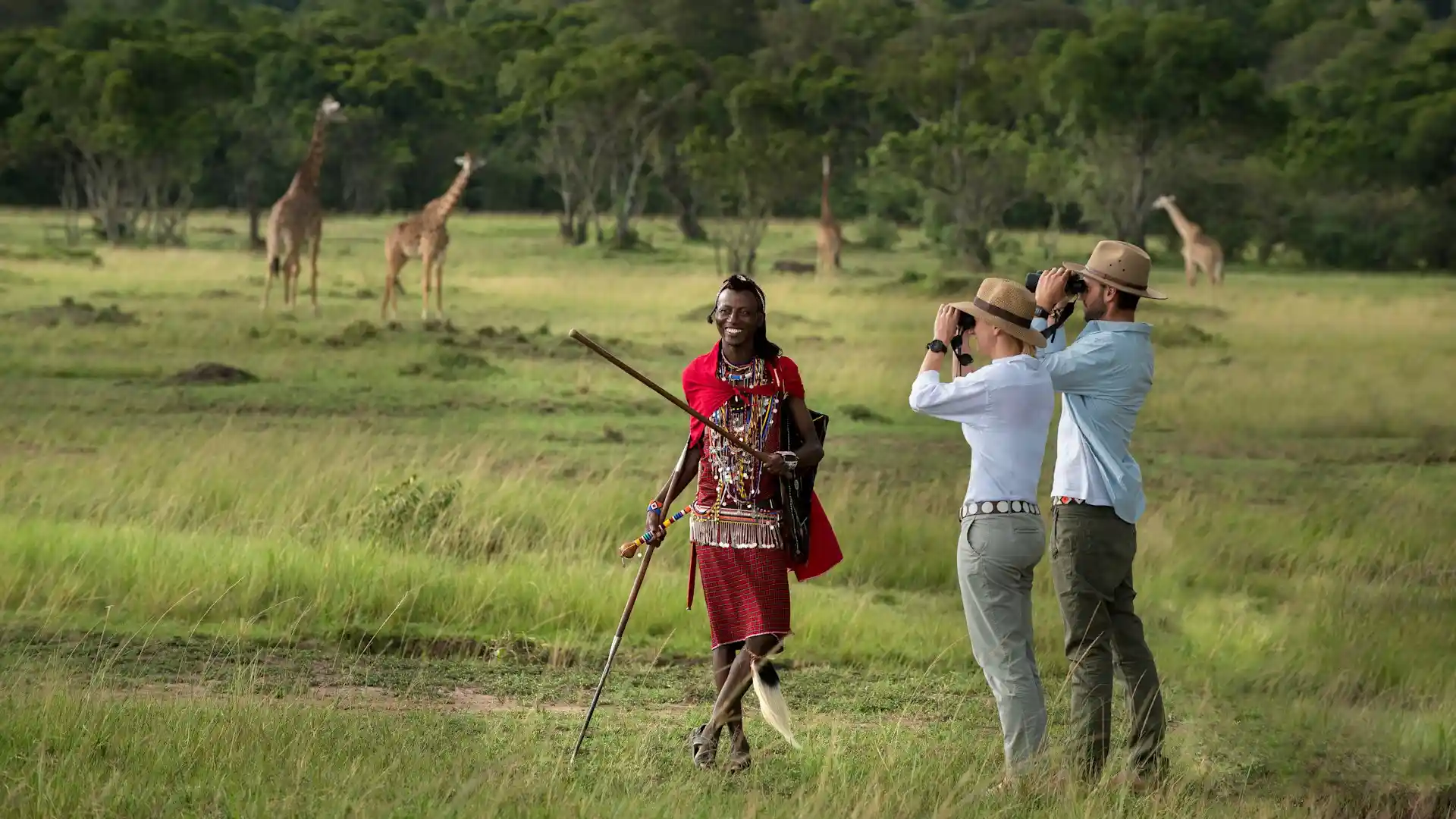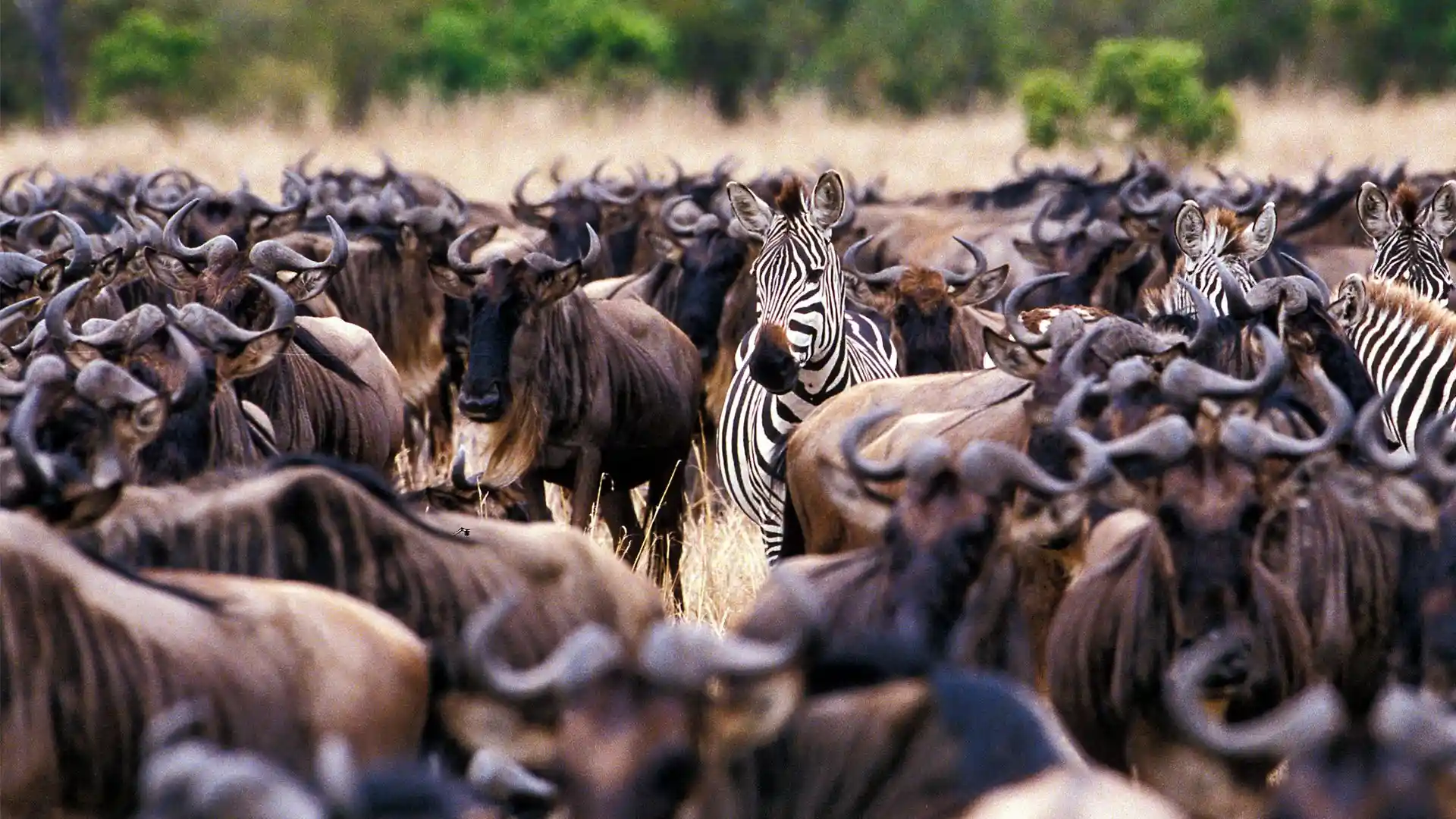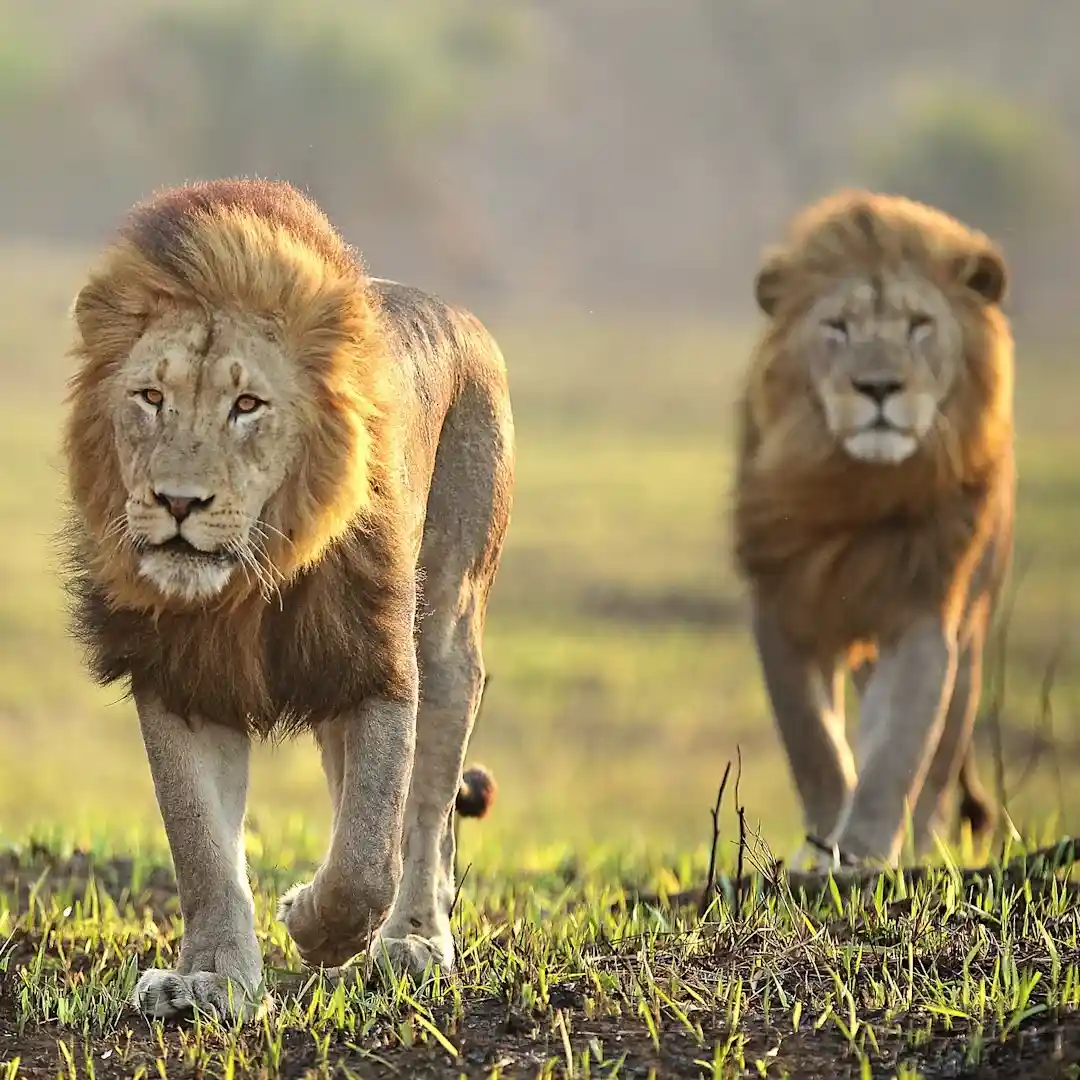Best Time To Visit Masai Mara In Kenya
The best time to visit the Masai Mara in Kenya depends on what you want to experience. July to October, the dry season, is ideal for witnessing the Great Migration, spotting predators like lions and crocodiles, and enjoying sunny, dry days with excellent wildlife viewing.
November to May, the green season, brings lush landscapes, fewer crowds, lower prices, newborn animals, and superb birdwatching opportunities. While the dry season is perfect for dramatic wildlife action, the green season offers a quieter, more intimate safari experience. No matter the season, the Masai Mara provides unforgettable wildlife encounters year-round.
Masai Mara By Month

June to September – The Dry Season & Great Migration
From June to September, the Masai Mara comes alive with one of nature’s most amazing events: the Great Migration. Millions of wildebeest, zebras, and gazelles cross the Mara River in search of fresh grass, often facing predators like lions and crocodiles.
The weather is sunny and dry, making it easy to spot wildlife across the open plains. The reserve is also home to the Big 5 and many other animals.
During this time, you can enjoy game drives, hot air balloon safaris, and sunset drinks overlooking the savannah. This is the peak season, so there are more visitors and higher prices, but the experience of seeing the Great Migration is truly unforgettable.
October to January – Short Rains & Baby Season
From October to January, the short rains start, with humidity building towards the first showers around mid-November. These rains are usually light and refreshing, often in the afternoon, creating stunning post-rain scenery perfect for late afternoon game drives.
October remains warm and mostly dry, with the last migrating herds still visible, making it a great time for wildlife viewing with fewer tourists.
By January, the plains are green and refreshed, and many animals give birth, taking advantage of the fresh grazing. During this period, you can enjoy hot air balloon safaris, cultural visits, and walking safaris in the conservancies.
While October is still considered peak season, visitor numbers begin to thin, and from November to March, safari rates generally decrease, except during the festive year-end period.
February to May – Green Season & Lush Landscapes
From February to early March, the weather is usually still warm and dry, but by April, the long rains begin. During this period, some camps may close depending on their location.
The Masai Mara and surrounding conservancies become green and lush, with blooming flowers and abundant resident wildlife. It’s also an excellent time for birdwatching, with both resident and migratory species on display.
Roads can be muddy, and walking safaris may be limited, but game drives, hot air balloon rides, and cultural visits are still possible when the weather allows.
This is the low season, meaning fewer crowds and lower prices. By May, the rains start to taper off, and temperatures gradually rise as the dry season approaches.
You may also like; the best luxury safari lodges in Masai Mara
Dry Season Vs Green Season

Pros of the Dry Season in the Masai Mara
The dry season, from June to October, is the best time to witness one of nature’s most incredible spectacles: the Great Migration. Millions of wildebeest, zebras, and gazelles cross the crocodile-filled Mara River in a thrilling struggle for survival.
With sparse vegetation and animals gathering around rivers and watering holes, wildlife spotting becomes much easier.
During this season, you can enjoy game drives, hot air balloon safaris, walking safaris in the conservancies, cultural visits to Maasai villages, and birdwatching.
The dry season offers a true classic safari experience, combining dramatic wildlife action with breathtaking landscapes.
Cons of the Dry Season in the Masai Mara
While the dry season (June to October) offers unforgettable wildlife experiences, it comes with some challenges. The weather is sunny but can be hot and dusty, and the sparse vegetation may make the environment feel harsh.
The Great Migration draws huge crowds, with thousands of visitors and vehicles converging on the Mara River, which can make the experience feel busy and less intimate.
Safari costs are also at their highest during this peak season.
Pros of the Green Season in the Masai Mara
For a unique and peaceful safari experience, visit the Masai Mara during the green season, from November to May, with the heaviest rains in April. Mid-November to December usually brings short afternoon showers, while January and February are drier.
During this time, the reserve transforms into a lush, green paradise filled with blooming flowers, fresh grasses, and abundant resident wildlife.
It’s also the best season for birdwatching, as migratory birds flock to the area. With fewer crowds and lower rates, the green season offers a more intimate and affordable safari experience.
Cons of the Green Season in the Masai Mara
While the green season (November to May) offers lush landscapes and fewer crowds, it also comes with some challenges. Heavy rains—especially from March to May—can make roads muddy and slippery, and mosquitoes are more common.
Some lodges and camps may temporarily close during the wettest months. Walking safaris and certain activities may be limited, so an adventurous spirit is helpful.
Despite these challenges, the Masai Mara and surrounding conservancies still provide excellent wildlife viewing. The region remains a thrilling year-round destination, offering unforgettable safari experiences in every season.

Kenya Safari Tours
Our Trusted Partners






